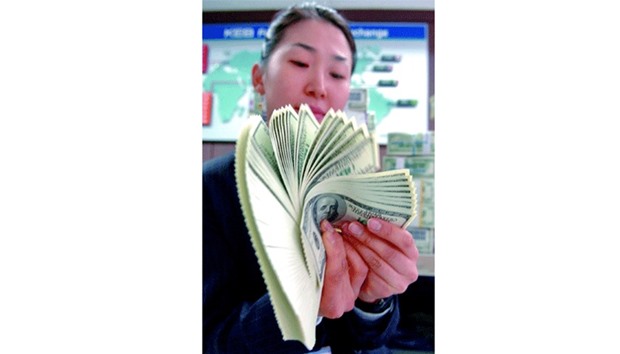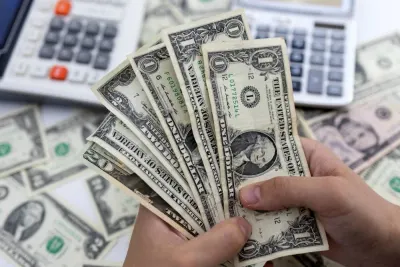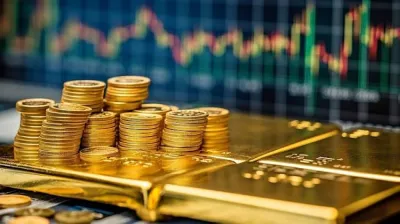Dollar bulls banking on the Federal Reserve to signal at least one interest-rate increase by year-end got their wish – and were still disappointed.
The currency slid against almost all of its major peers yesterday, a day after the US central bank left its policy rate unchanged and projected a boost by year-end. That’s because it also scaled back the outlook for increases in 2017 and beyond. For dollar bulls, it was the latest in a series of disappointments this year as the Fed again stood pat, undermining bets the greenback would strengthen while central banks in Japan and Europe further debased their currencies with stimulative policies.
“There’s not much more upside for the dollar,” said Constantin Bolz, a foreign-exchange strategist at UBS AG’s wealth management unit in Zurich. “We have now reached this point of maximum divergence in monetary policies.”
The Fed’s “dot plot,” which it uses to signal its policy outlook, shows that officials expect one quarter-point rate increase this year, followed by just two next year. In January, policy makers were calling for four hikes this year followed by another four in 2017. The announcement further dims the outlook for the dollar after a more than 20% surge since the middle of 2014 gave way to a 4% slide this year.
The Bloomberg Dollar Spot Index, which tracks the greenback against 10 major peers, fell 0.3% as of 6.35am in New York, taking its slide over the past two days to about 1%.
“The market reaction seems a little counter-intuitive because this is the strongest indication we’ve seen in a while that they’re close to a rate hike,” said Shaun Osborne, chief foreign-exchange strategist at Bank of Nova Scotia in Toronto. But “there’s just no incentive for people to take an aggressive view.”
For dollar bulls, the disappointments keep adding up. At the start of the year, the consensus was for the US currency to strengthen to $1.05 per euro and ¥125 by year-end. Instead, it has weakened more than 3% to $1.1239 per euro and 16% to ¥100.80, forcing analysts to cut their forecasts to keep pace.
The Fed decision comes after the Bank of Japan announced a more flexible approach to expanding stimulus, while seeking to control bond yields across different maturities.
Regardless of when the Fed moves next, dollar bulls face the prospect of the slowest and shallowest tightening cycle in recent history, based on the market for overnight index swaps, which reflect expectations for the fed funds effective rate.
“The risks are skewed to the downside,” said George Davis, chief fixed-income technical analyst at Royal Bank of Canada’s RBC Dominion Securities unit in Toronto. “If we’ve already priced in a move by the end of the year and we’re looking at a gradual path in 2017 and 2018, that will present headwinds for the US dollar.”

A Korea Exchange Bank clerk checks US hundred dollar bills at its headquarters in Seoul (file). For dollar bulls, the disappointments keep adding up. At the start of the year, the consensus was for the US currency to strengthen to $1.05 per euro and u00a5125 by year-end. Instead, it has weakened more than 3% to $1.1239 per euro and 16% to u00a5100.80, forcing analysts to cut their forecasts to keep pace.


